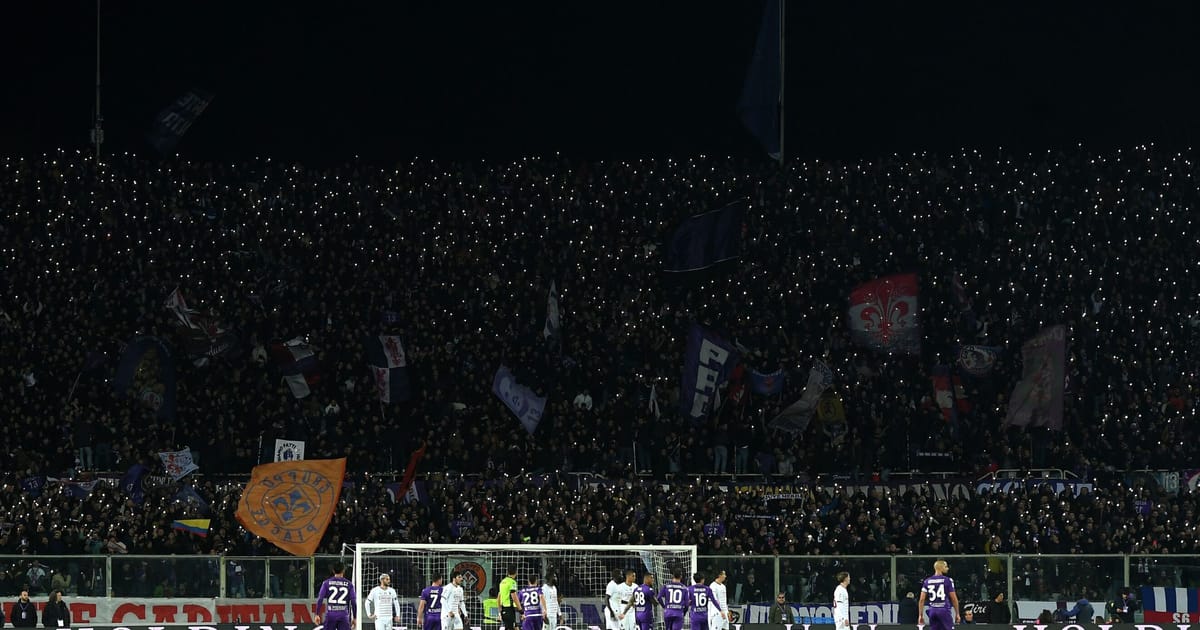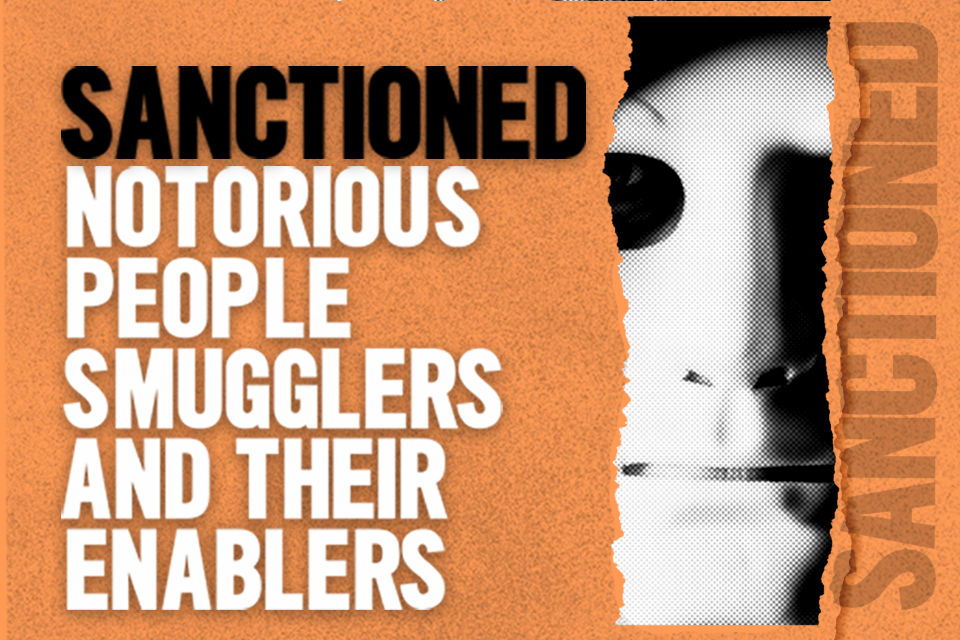The European Commission is holding up Italy’s recovery cash over disagreement about the eligibility of certain investments — including two sports stadiums.
Italy, the EU post-pandemic recovery fund’s largest beneficiary with over €190 billion allocated, is a bellwether for its success, and so is being closely watched.
The Rome government wants to use some of the cash, designed to help boost Europe’s economies after COVID, to upgrade Fiorentina’s 1930s football stadium and to build a new one near Venice.
The country requested the release of the third tranche of funds, €19 billion in EU grants and loans subject to meeting 55 reforms and investments goals, at the end of last year. The Commission’s assessment period was already extended once, until the end of March, but that still hasn’t been long enough to conclude it.
Rome and Brussels on Monday agreed to extend it by another month, until the end of April, to resolve remaining sticking points.
These are three, according to Rome: the Italian government’s plan to finance two sport stadiums; port concessions, whose duration the EU executive would like to shorten; and the eligibility of investments into district heating networks.
“The Government will provide further evidence to support the eligibility of all these interventions, particularly those included in the Integrated Urban Plans of Venice and Florence,” the office of Prime Minister Giorgia Meloni said in a note on Monday.
While this dispute will almost certainly be resolved, more fronts are likely to open as Meloni’s government promised to review the spending plan penned by her predecessor Mario Draghi, something the Commission has warned against.
Brussels is afraid the ambitious reform and investment plan will get bogged down and run into delays, as is already happening to other countries. Italy’s failure would likely doom any further joint-debt issuance — something the Commission is acutely aware of.
“We need to roll up our sleeves in Brussels and Rome and make this stuff work,” European Economy Commissioner Paolo Gentiloni told a conference in Milan this month.
“We Italians cannot take responsibility for the failure of the first Eurobonds at the European level, because that would really be a disaster,” he added.
Stadiums dispute
Upgrading Florence football stadium is Mayor Dario Nardella’s pet project. He secured €95 million in EU and national funds to refurbish the old Artemio Franchi venue, home of Fiorentina. The stadium, built in the early 1930s, is considered a “major national cultural infrastructure.”
“The idea of using European funds from the [National Recovery and Resilience Plan] earmarked for public works of cultural significance … allows us today to upgrade an asset owned by the municipality and make it ultra-modern available to fans and visitors,” Nardella said when launching the tender in December.
Venice’s project, known as “Sports Forest” and including a basketball stadium and an sports arena, would be a new development 10 km from Venice’s port, and require a new highway link connecting it to the city and the airport — for a total project cost of over €300 million, of which over €90 million would come from recovery funds.
“The Sports Forest will be an engine of urban regeneration and revitalisation of Venice and the Veneto region. With the construction of the Arena and the new Stadium Venice is a candidate to host sporting events of great international appeal,” Venice Mayor Luigi Brugnaro, who is also the owner of the local basketball team, said when unveiling the project.
The issue raised by the Commission is the eligibility of these project under the recovery plan’s budget line, which aims to “regenerate, revitalize and enhance large degraded urban areas.”
The Franchi stadium, built in the fourth most expensive neighborhood in central Florence, doesn’t fit the bill, and considering Venice’s greenfield site an urban regeneration project is too much of a stretch, according to EU officials who declined to be named.




